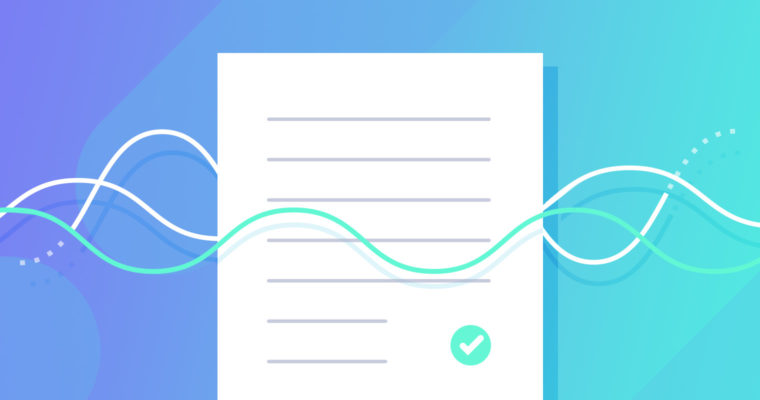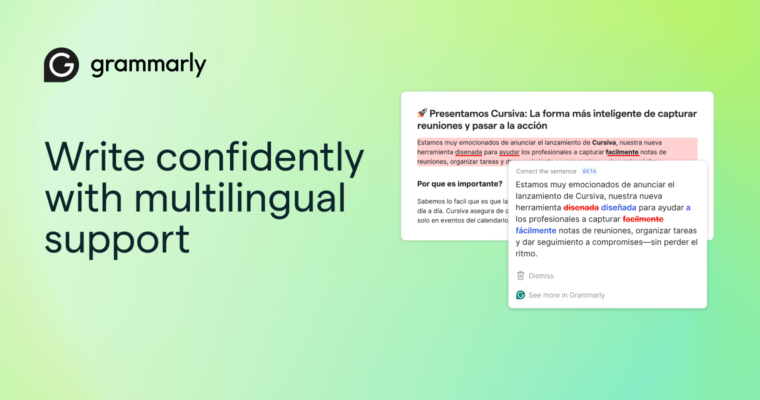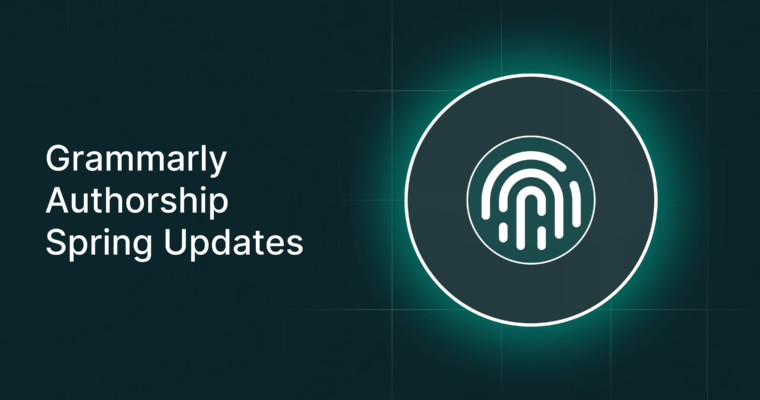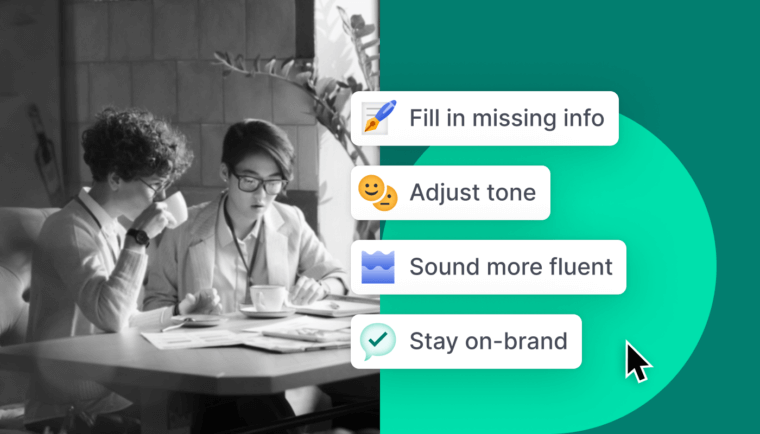
On March 9, 2023, we announced Grammarly’s on-demand, contextually aware generative AI writing assistance. Learn more about our latest feature here.
From time to time, we hear from curious users who want to know more about the technology behind Grammarly. Where do all those writing corrections, suggestions, and enhancements come from? A team of magic elves? A squad of word-obsessed robots? A really, really busy human editor?
Actually, if you thought “robots” you’re in the right territory. Grammarly’s products are powered by an advanced system that combines rules, patterns, and artificial intelligence techniques like machine learning (ML), deep learning, and natural language processing (NLP) to improve your writing.
A Quick Peek Under the Hood
Broadly speaking, an artificial intelligence system mimics the way a human would perform a task. AI systems achieve this through different techniques. Machine learning, for example, is a particular methodology of AI that involves teaching an algorithm to perform tasks by showing it lots of examples rather than by providing a series of rigidly predefined steps.
Grammarly’s AI system combines machine learning with a variety of natural language processing approaches. Human language has many levels at which it can be analyzed and processed: from characters and individual words through grammatical structures and sentences, even paragraphs or full texts. Natural language processing is a branch of AI that involves teaching machines to understand and process human language (English, for instance) and perform useful tasks, such as machine translation, sentiment analysis, essay scoring, and, in our case, writing enhancement.
(By the way, if you’re already an expert in these areas, our team of researchers and computational linguists is looking to expand.)
The Care and Feeding of Grammarly’s AI
An important part of building an AI system is training it. AIs are kind of like children in that way. Kids learn how to behave by watching the people around them and by positive or negative reinforcement. As with kids, if you want your AI system to grow up to be helpful and functional, you need to be careful about what you expose it to and how you intervene when it gets things wrong.
The first step is choosing high-quality training data for your system to learn from. In Grammarly’s case, that data may take the form of a text corpus—a huge collection of sentences that human researchers have organized and labeled in a way that AI algorithms can understand. If you want your AI to learn the patterns of proper comma usage, for example, you need to show it sentences with incorrect commas, so it can learn what a comma mistake looks like. And you need to show it sentences with good comma usage, so it learns how to fix comma mistakes when it finds them.
AI systems also need feedback from humans. When lots of users hit “ignore” on a particular suggestion, for example, Grammarly’s computational linguists and researchers make adjustments to the algorithms behind that suggestion to make it more accurate and helpful.
Just like people, AI does sometimes make errors. It’s especially possible when an AI is facing a situation it doesn’t have much experience with. Grammarly is trained on naturally written text, so it’s good at spotting issues that occur naturally when people write. It’s less good at handling sentences where mistakes have been deliberately inserted because they often don’t resemble naturally occurring mistakes.
Why Is This Our Approach to Writing Enhancement?
At Grammarly, our goal is to make it possible for everyone to be heard and understood. But there’s no single set of rules that will work for every person in every situation. The beauty of AI is that it can combine many types of information and adjust to the situation at hand.
Language is complex and messy, after all. Any system that aims to help you use language better needs to be flexible enough to accommodate all the factors that go into successful communication. Which words are the right ones? Is that sentence easy to follow? Does your recipient appreciate semicolons, or should you bend some of the rules to create a more relaxed tone?
Our goal is to help you express yourself in the best way possible, whether you’re applying for a job or texting a joke to your friends. To learn more, check out our post about Grammarly’s vision.
How Do Grammarly’s Products Work?
Why Concise Writing Gets More Readers
Why Hedging Language Undermines Your Writing






